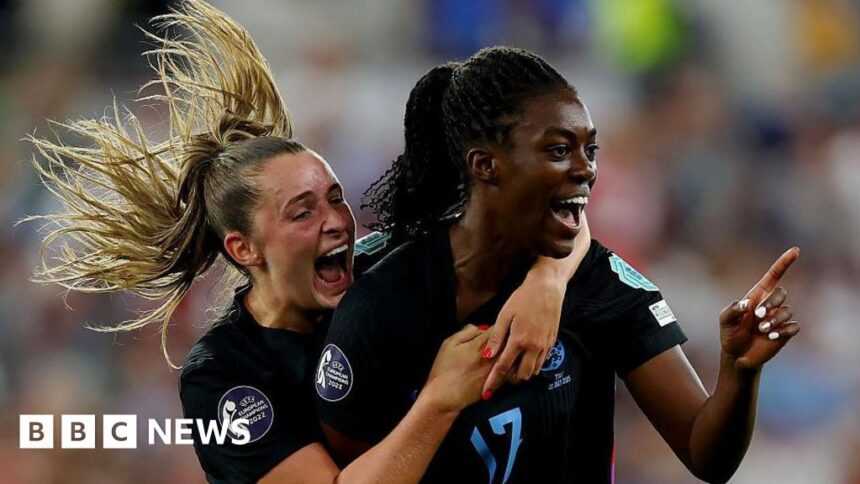The crowd roars as athletes push their bodies to extraordinary limits on the world stage, but beneath the spectacle of elite sports lies a reality that has long been whispered about rather than openly discussed: women’s health issues that can fundamentally affect performance, career longevity, and personal wellbeing.
When Olympic swimmer Siobhan-Marie O’Connor revealed she trains through menstrual cramps that would send most people to bed with a hot water bottle, she lifted the veil on an aspect of elite sports that deserves far more attention. “I have to take quite strong painkillers to be able to train through it,” O’Connor told BBC Sport. Her experience isn’t isolated—it’s emblematic of a systemic blindspot in sports medicine and management.
For decades, the female athletic body has been treated as a smaller version of the male form rather than a physiologically distinct entity with unique health considerations. This approach has created a knowledge gap that affects everything from training protocols to injury prevention. Research published in the British Journal of Sports Medicine reveals that female athletes are up to eight times more likely to suffer ACL injuries than their male counterparts, yet training programs rarely account for these differences.
The menstrual cycle—perhaps the most obvious physiological difference—has historically been treated as an inconvenience rather than a crucial health factor deserving specialized attention. British tennis player Heather Watson broke new ground in 2015 when she openly attributed her Australian Open defeat to period symptoms. “I think it’s something that I have, but I don’t want to talk about it,” Watson initially said, before deciding to challenge the taboo. Her courage marked a turning point in sports discourse.
More recently, Chelsea FC Women made headlines by synchronizing training schedules with players’ menstrual cycles—a progressive approach that acknowledges the hormonal fluctuations affecting strength, stamina, and recovery. “It’s not about making excuses,” says Dr. Emma Ross, former head of physiology at the English Institute of Sport. “It’s about optimizing performance by understanding the female body.”
The conversation extends beyond menstruation. Female athlete triad—a syndrome involving disordered eating, amenorrhea, and decreased bone density—affects countless competitors yet remains underdiagnosed. Olympic gymnast Nile Wilson has spoken about the pressure to maintain unnaturally low body weights: “There’s this unspoken expectation that you need to look a certain way, and the health consequences are rarely discussed.”
Pregnancy and postpartum recovery represent another frontier in women’s sports health. When Serena Williams won the 2017 Australian Open while eight weeks pregnant, she challenged perceptions about athletic capability during pregnancy. Yet her subsequent near-fatal complications during childbirth highlighted the serious health challenges that even the world’s top athletes can face.
The problem isn’t merely medical—it’s cultural. Sports journalist Anna Kessel, author of “Eat Sweat Play,” argues that “the culture of silence around women’s bodies in sport reflects wider societal discomfort with female health issues.” This silence creates an environment where athletes suffer in isolation rather than receiving appropriate support.
The financial implications are equally concerning. Elite female athletes often earn significantly less than their male counterparts, making specialized healthcare less accessible. “When you’re barely making ends meet, seeking out specialists for women’s health issues feels like a luxury,” says former Olympic runner Mara Yamauchi.
There are signs of progress. The CO24 Trends section has tracked increasing media coverage of women’s health in sports, while organizations like FitrWoman develop apps helping athletes track their cycles in relation to training. Major sporting bodies are slowly incorporating female-specific health protocols into their programs, acknowledging what the CO24 Culture section has highlighted as a necessary cultural shift.
Yet challenges remain. Dr. Georgie Bruinvels, a research scientist specializing in female athlete health, notes: “We’ve made progress, but we’re building on decades of neglect. The research gap is enormous.” This gap isn’t just scientific—it’s reflected in coaching education, medical training, and institutional policies.
What’s needed is a comprehensive approach: increased research funding, education programs for coaches and medical staff, and platforms where athletes can speak openly about their experiences without fear of being labeled “problematic” or “high-maintenance.” As I’ve argued in the CO24 Opinions section, this isn’t about special treatment—it’s about equal consideration of different physiological needs.
The athletes themselves are leading this revolution. From Olympic champion Jessica Ennis-Hill developing a postpartum training app to tennis star Venus Williams advocating for equal prize money, female competitors are refusing to accept the status quo.
As spectators and supporters of sport, we have a responsibility too: to demand better research, better coverage, and better support systems. The next generation of female athletes deserves to compete in an environment where their health is understood, respected, and properly managed.
Until then, countless women will continue to perform remarkable athletic feats while battling invisible challenges—a testament to their extraordinary resilience, but also a stark reminder of how much more work remains to be done.










